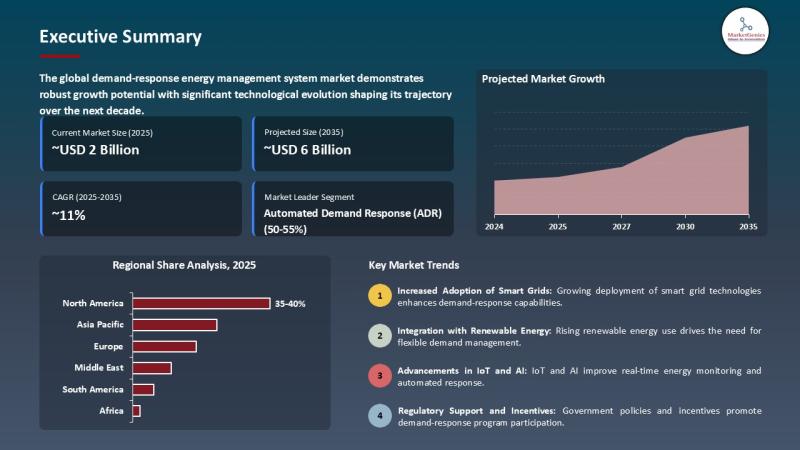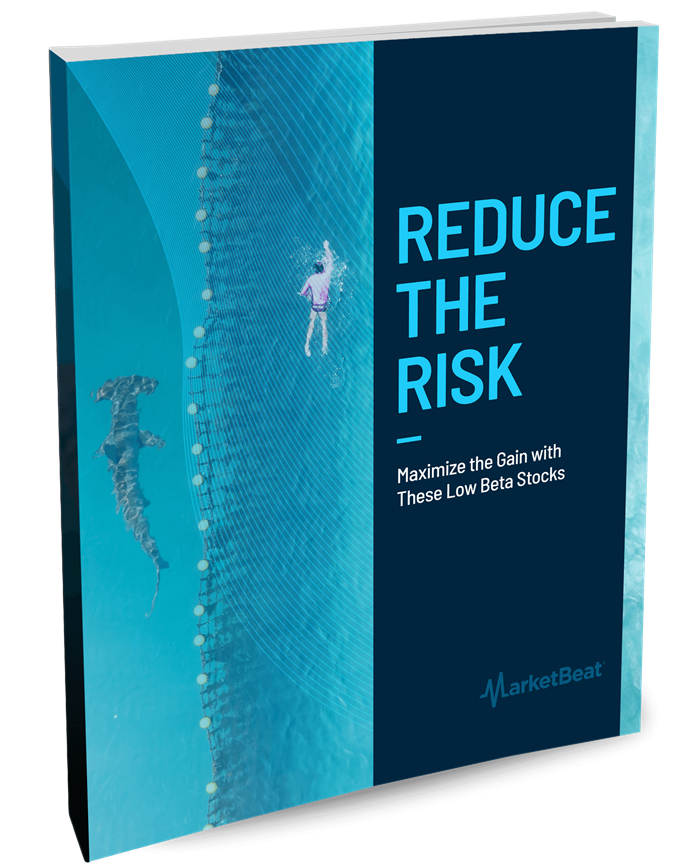Analysis of “The Hand That Rocks The Cradle” Through the Lens of Sustainable Development Goals (SDGs)
The film “The Hand That Rocks The Cradle” presents a narrative deeply intertwined with several United Nations Sustainable Development Goals (SDGs). An examination of its plot, character motivations, and thematic resolution reveals significant commentary on mental health, gender equality, and the failure of justice systems.
Thematic Exploration of Generational Trauma and Mental Health (SDG 3)
The film’s central theme is the perpetuation of trauma, directly addressing SDG 3: Good Health and Well-being, which includes promoting mental health. The narrative demonstrates how unresolved psychological wounds are transmitted across generations, impacting community and family stability.
Narrative Impact on Well-being
The story’s conclusion, where the child Emma recounts a traumatic story from the antagonist Polly, illustrates the cycle of trauma. Director Michelle Garza Cervera notes this is a “bittersweet ending,” signifying that the violence and trauma experienced by the characters become an indelible part of the family’s future. This highlights a failure to achieve mental well-being for those affected.
- The character of Caitlin suppresses past trauma related to sexual abuse and violence.
- The character of Polly acts out of deep-seated trauma from childhood abuse and the loss of her family, compounded by negative experiences in the foster care system.
- The trauma is ultimately passed to the next generation, as seen in the final scene with Caitlin’s children, indicating a continuing cycle that compromises future well-being.
Gender-Based Violence and Institutional Failures (SDG 5 & SDG 16)
The film’s plot is catalyzed by acts of gender-based violence and the subsequent failure of societal institutions to provide justice, reflecting challenges outlined in SDG 5: Gender Equality and SDG 16: Peace, Justice, and Strong Institutions.
Addressing Gender Equality and Justice
The foundational conflict stems from the sexual abuse of young women, a severe violation of SDG 5. The narrative explores how the absence of effective justice mechanisms (SDG 16) leads to characters taking extreme measures. Caitlin’s act of arson was a response to the systemic failure to protect her and Polly from abuse, demonstrating a breakdown in institutional justice.
The Cycle of Violence and Lack of Justice
The sequence of events underscores a complete collapse of peace and justice, creating a cycle of violence.
- The initial gender-based violence (sexual abuse) occurs without institutional intervention.
- A lack of justice compels an individual to resort to retaliatory violence (arson).
- The survivor, Polly, is placed into a foster care system that fails to provide adequate support, perpetuating her trauma.
- This unresolved trauma culminates in a final, violent confrontation, demonstrating that without justice and support, peace is unattainable.
Actor Mary Elizabeth Winstead describes the ending as “perfect” because it is not triumphant but “truthful and honest.” This reflects the real-world consequences when trauma is not addressed and justice is not served, showing that societal peace is contingent on strong, protective institutions and a commitment to ending gender-based violence.
Analysis of Sustainable Development Goals in the Article
1. Which SDGs are addressed or connected to the issues highlighted in the article?
The article, while a film review, delves into profound social issues that are directly connected to several Sustainable Development Goals (SDGs). The analysis of the movie’s plot and themes highlights challenges related to health, gender equality, and justice.
- SDG 3: Good Health and Well-being: The article’s central theme of “generational trauma” and the psychological impact of violence on the characters directly relates to mental health and well-being. The director is quoted saying, “The trauma and violence kind of finds its way deep down,” emphasizing the lasting psychological effects that are passed on, which is a core concern of SDG 3.
- SDG 5: Gender Equality: The plot revolves around violence against women and girls. The article explicitly states that Polly’s father was sexually abusing Caitlin and implies that “Polly was being abused by him as well.” This addresses the core of SDG 5, which aims to eliminate all forms of violence against women and girls.
- SDG 16: Peace, Justice and Strong Institutions: This goal is relevant due to the depiction of extreme violence, abuse against children, and the failure of justice. The article mentions Caitlin “committed arson to the house… killing Polly’s whole family” as a desperate response to abuse. This cycle of violence and the reference to Polly’s “tragic time in foster care” touch upon the need to protect children from abuse and violence and to build peaceful societies.
2. What specific targets under those SDGs can be identified based on the article’s content?
Based on the specific issues discussed in the article, the following SDG targets can be identified:
- Target 3.4: Promote mental health and well-being. The entire discussion around the film’s ending focuses on this. The director’s comment that “we can’t escape [the trauma]” and Mary Elizabeth Winstead’s reflection that trauma, “if not dealt with properly, would be carried on throughout her life,” directly point to the challenges of promoting mental health and dealing with psychological trauma.
- Target 5.2: Eliminate all forms of violence against all women and girls… including sexual… exploitation. The article’s summary of the plot, which reveals Caitlin’s motive for the arson was to “stop Polly’s father from continuing to sexually abuse her,” is a direct reference to the type of violence this target aims to eliminate.
- Target 16.1: Significantly reduce all forms of violence and related death rates everywhere. The act of arson that resulted in “killing Polly’s whole family” is a clear example of the extreme violence and related deaths that this target seeks to reduce.
- Target 16.2: End abuse, exploitation, trafficking and all forms of violence against and torture of children. The backstory of both Caitlin and Polly being sexually abused as children, and Polly’s subsequent “tragic time in foster care,” directly align with the objectives of this target to protect children from all forms of violence and abuse.
3. Are there any indicators mentioned or implied in the article that can be used to measure progress towards the identified targets?
The article does not provide statistical data but implies several qualitative indicators through its narrative analysis that could be used to measure progress on these issues:
- Prevalence of generational trauma: The director’s main point about the ending is that “Polly and her story is going to keep on going” through the children. The scene where “Emma is sitting with her baby sister Josie and repeating the same story Polly once told her” serves as a narrative indicator of how trauma is transmitted across generations, a key concern for mental well-being (Target 3.4).
- Incidence of sexual abuse against children and girls: The article’s plot summary, which hinges on the “sexually abuse” of the main characters when they were younger, points to the occurrence of such crimes as a critical issue. This serves as an implied indicator for measuring the prevalence of violence against women and children (Targets 5.2 and 16.2).
- Incidence of extreme violence as a response to trauma: Caitlin’s act of committing “arson to the house” is described as a “desperate attempt” to stop abuse. This highlights how unaddressed trauma and lack of justice can lead to further violence, serving as an indicator of failures within justice and support systems (Target 16.1).
SDGs, Targets, and Indicators Table
| SDGs | Targets | Indicators (Implied from the Article) |
|---|---|---|
| SDG 3: Good Health and Well-being | 3.4: Promote mental health and well-being. | The transmission of “generational trauma,” exemplified by a child repeating a traumatic story from a victim of abuse. |
| SDG 5: Gender Equality | 5.2: Eliminate all forms of violence against all women and girls. | The occurrence of sexual abuse against girls, as described in the characters’ backstories. |
| SDG 16: Peace, Justice and Strong Institutions | 16.1: Significantly reduce all forms of violence and related death rates. | The incidence of violent acts such as arson and murder (“killing Polly’s whole family”) resulting from unresolved trauma and abuse. |
| 16.2: End abuse, exploitation… and all forms of violence against… children. | The prevalence of child sexual abuse and the negative experiences of children in state care systems (“tragic time in foster care”). |
Source: inkl.com







